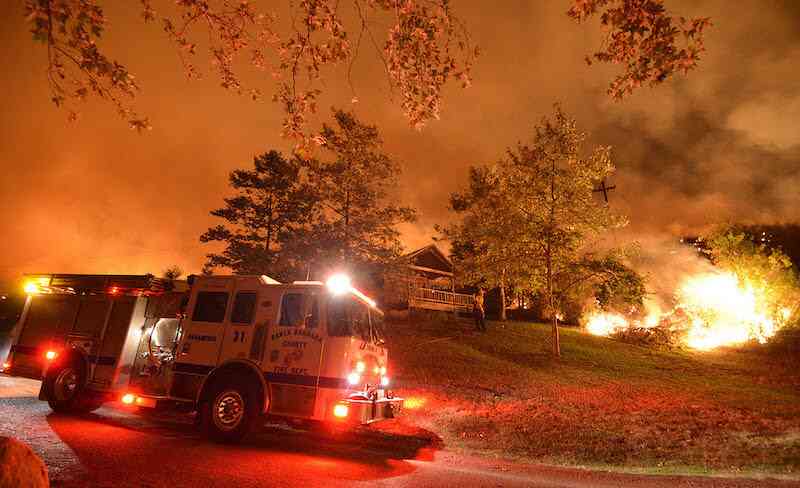Reimagining 2025: Living with Fire Design Challenge 2021 Cohort
Wonder Labs created the Living with Fire Design Challenge to enable more impactful and inclusive convergence research with communities learning to live with fire. The 2021 Cohort focuses on developing 'reimagining living with fire' projects with communities.
Description
In May 2021, Wonder Labs, a social enterprise based in San Jose, California, launched the Reimagining 2025: Living with Fire Design Challenge to center the voices of students and emerging scholars on community wildfire risk reduction issues. The objective of the Living with Fire Design Challenge is to enable student-led teams to closely engage with communities in processes of reimagining inclusive, just, and sustainable pathways to living with fire.
Each community partner applying to the Living with Fire Design Challenge is required to submit a needs and capacity assessment detailing the need for the project and the local capacity to implement an inclusive project with all of community.
Selected teams are encouraged to co-develop projects with communities at high risk of wildfire impacts, with a focus on socially vulnerable and historically marginalized demographics. Applying the Living with Fire Design Challenge methodology, selected teams are encouraged to reflect on ‘projected state/s’ and ‘reimagined state/s’ of living with fire, using indicators, maps, graphs, and other visualization tools. The team's respective outputs aims to contribute to developing a more robust characterization of fire adapted communities across social geographies, while highlighting diverse pathways to get there.
The first cohort of Living with Fire Design Challenge teams were engaged in reimagining Community Wildfire Protection Planning in Ventura County, California, defensible space in Santa Barbara County, California, community and forest resilience in Boulder County, Colorado, and inclusive evacuation planning in Marin County, California.
The awards enabled teams to co-develop ‘reimagining living with fire’ projects with communities at high risk of wildfire impacts, which are presented in the form of story maps. Teams had six months, from 1 June until 30 November 2021, to complete their projects. The completed projects are presented as deliverables of this voluntary commitment.
Did the Sendai Framework change or contribute to changes in your activities/organization? If so, how?
The work of Wonder Labs is guided by the United Nation’s Agenda 2030, the Sustainable Development Goals, and the Sendai Framework for Disaster Risk Reduction 2015-2030.
The Design challenge specifically contributes to all four priorities for action of the Sendai Framework and six out of seven targets as it engages and supports communities reduce the risks of and build resilience to wildfires. The long term impacts of the Living with Fire Design Challenge projects will lead to a more robust characterization of fire adapted communities across social geographies, while highlighting diverse pathways and concrete entry points to get there.
What led you to make this commitment/initiative?
What was your position before making this Voluntary Commitment / prior to the Sendai Framework?
Wonder Labs' five-year mission is to reduce catastrophic wildfire risk for diverse communities across California. Through the Reimagining 2025: Living with Fire program, Wonder Labs advocates for a ‘Policy, People, Places’ approach to governing wildfire risk reduction.
Additionally, Wonder Labs is a member of ARISE, the Private Sector Alliance for Disaster the Private Sector Alliance for Disaster Resilient Societies, is a network of private sector entities led by the UN Office for Disaster Risk Reduction. Through this project, Wonder Labs is addressing ARISE's five commitments to raise awareness with respect to disaster risk and mobilization of the private sector, share knowledge and good practices amongst the private sector, exercise influence respective of their spheres of expertise, catalyze innovation and collaboration to develop risk-informed business strategies and implement activities to achieve the targets of the Sendai Framework.

